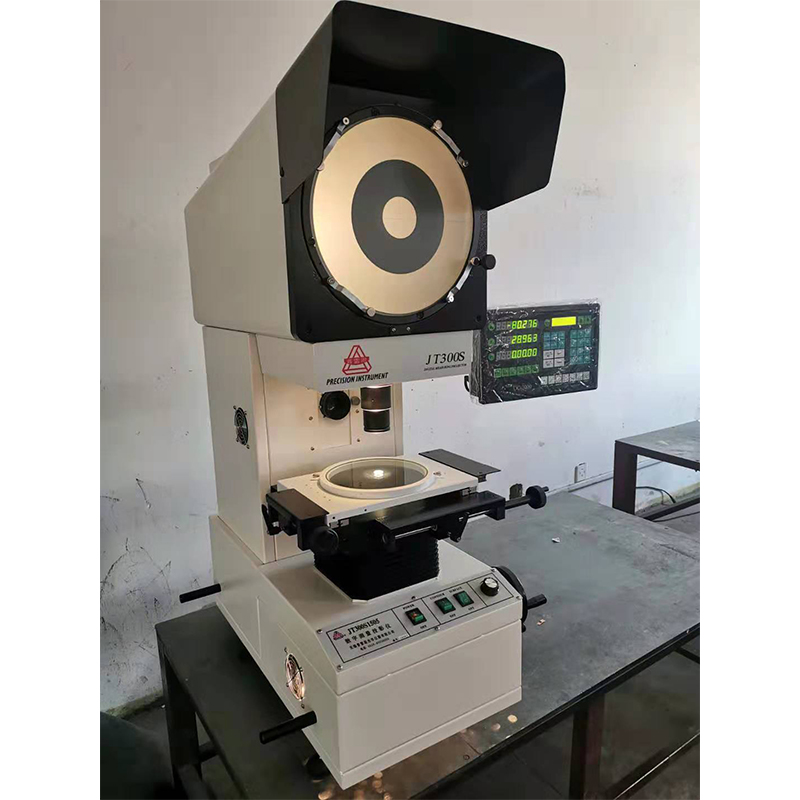Equipment Factory for Fire Resistance Testing Solutions and Innovations
Understanding Fire Resistance Test Equipment A Comprehensive Overview
Fire resistance is a critical aspect of building safety and structural integrity. As urbanization accelerates and the complexity of architectural designs increases, ensuring that materials can withstand fire is more imperative than ever. This necessity has spurred the growth of specialized factories dedicated to the production of fire resistance test equipment. These factories play a crucial role in developing and manufacturing equipment that evaluates the fire resistance of materials, components, and assemblies used in construction. This article will delve into the significance of fire resistance testing, the types of equipment involved, and the impact of this industry on safety standards and regulations.
The Importance of Fire Resistance Testing
Fire resistance testing evaluates how well materials can withstand fire exposure. It aims to ensure that structures can resist fire spread and withstand high temperatures for a specified duration. Such testing is critical not only for compliance with regulations but also for public safety. In high-rise buildings, commercial spaces, and residential constructions, understanding how materials respond to fire can save lives and protect property.
Factories that manufacture fire resistance test equipment play a pivotal role in this process. They create apparatus that simulates real-world fire scenarios, allowing for the analysis of material performance under controlled conditions. This information is vital for architects, engineers, and regulatory bodies as they develop and implement safety codes and standards.
Types of Fire Resistance Test Equipment
Fire resistance test equipment comes in various forms, each designed to assess different properties of materials. Here are some of the most common types produced by specialized factories
1. Fire Test Furnaces These are essential for conducting standard fire resistance tests. They create controlled environments to expose test specimens to high temperatures. The most common standard refers to the UL 263 or ASTM E119 test, where walls, ceilings, and doors are evaluated for their ability to contain fire and prevent heat transfer.
2. Heat Flux Gauges These instruments measure the intensity of heat transferred to a surface during a fire test. They help in understanding thermal exposure levels and can provide data for assessing the performance of insulation materials.
fire resistance test equipment factory

3. Smoke Density Chambers These are designed to evaluate the amount and toxicity of smoke produced by materials when they are subjected to fire. The results of these tests are crucial for understanding the potential hazards posed by smoke during a fire event.
4. Calorimeters These devices measure the heat release rate of materials when exposed to flames. Understanding the calorific value of materials helps in evaluating their overall fire performance and safety.
5. Thermocouples and Data Loggers These tools monitor and record temperature changes during fire resistance tests. They provide critical data on how materials respond to heat over time, informing future design choices.
Impact on Safety Standards and Regulations
The equipment produced by fire resistance test factories is instrumental in shaping safety standards and regulations. Testing results directly influence building codes, insurance requirements, and safety protocols in various regions. With stringent regulations in place, manufacturers and architects must ensure their materials meet established fire resistance criteria before construction.
Moreover, as innovations in materials science continue to evolve, fire resistance test equipment also adapts. Recent advancements include the integration of advanced data analysis technologies and the development of more efficient testing methods. Factories are increasingly focused on sustainability, reflecting the growing emphasis on eco-friendly materials.
Conclusion
The role of fire resistance test equipment factories is essential in the broader context of building safety and fire prevention. As cities expand and construction techniques evolve, the importance of rigorous fire testing cannot be overstated. These factories not only produce the tools necessary for conducting essential fire tests but also contribute significantly to the establishment and maintenance of safety standards that protect lives and property. Understanding and investing in the right fire resistance testing practices is crucial for the future of safe construction, reflecting a commitment to public safety and resilience in the face of fire hazards. As technology progresses, so too will the methods and equipment used in fire testing, ensuring that the buildings of tomorrow are safe for generations to come.
-
The Role of Tensile Force Testers in Quality Control and Material Science
NewsAug.01,2025
-
Maintenance and Safety Tips for Aging Ovens
NewsAug.01,2025
-
Density Balance in Forensic Science
NewsAug.01,2025
-
Advanced Optical Measurement Technologies
NewsAug.01,2025
-
A Buyer’s Guide to Tensile Test Machines
NewsAug.01,2025
-
Why the Conductor Resistance Constant Temperature Measurement Machine Redefines Precision
NewsJun.20,2025
 Copyright © 2025 Hebei Fangyuan Instrument & Equipment Co.,Ltd. All Rights Reserved. Sitemap | Privacy Policy
Copyright © 2025 Hebei Fangyuan Instrument & Equipment Co.,Ltd. All Rights Reserved. Sitemap | Privacy Policy

